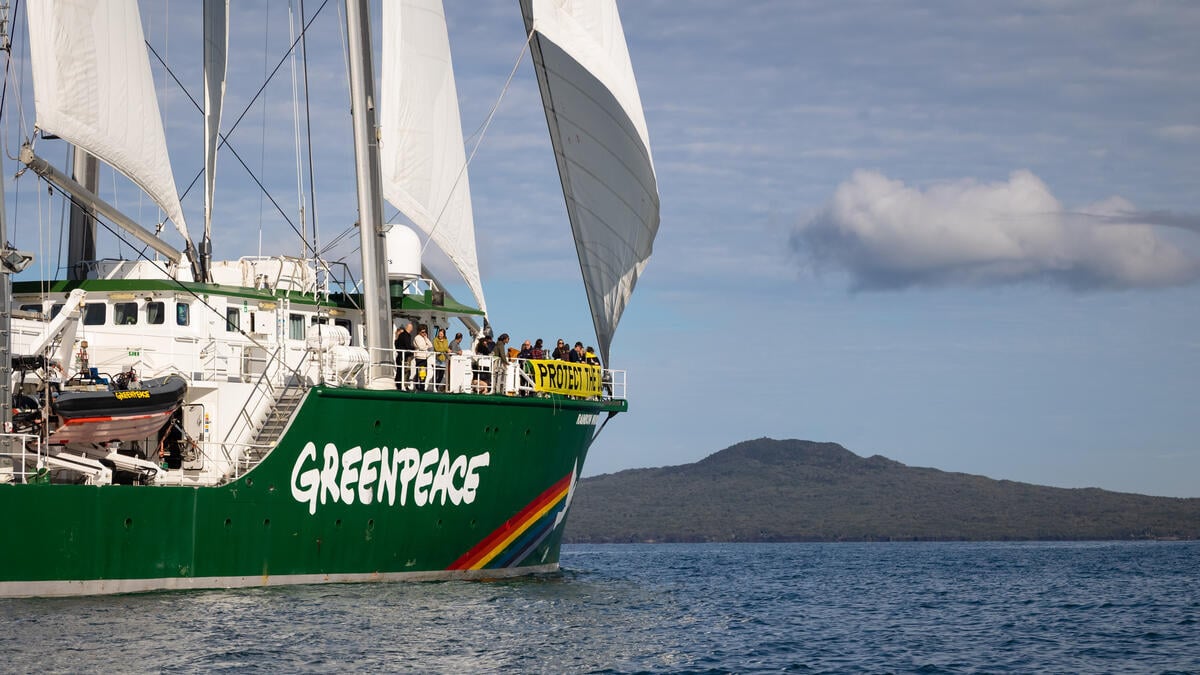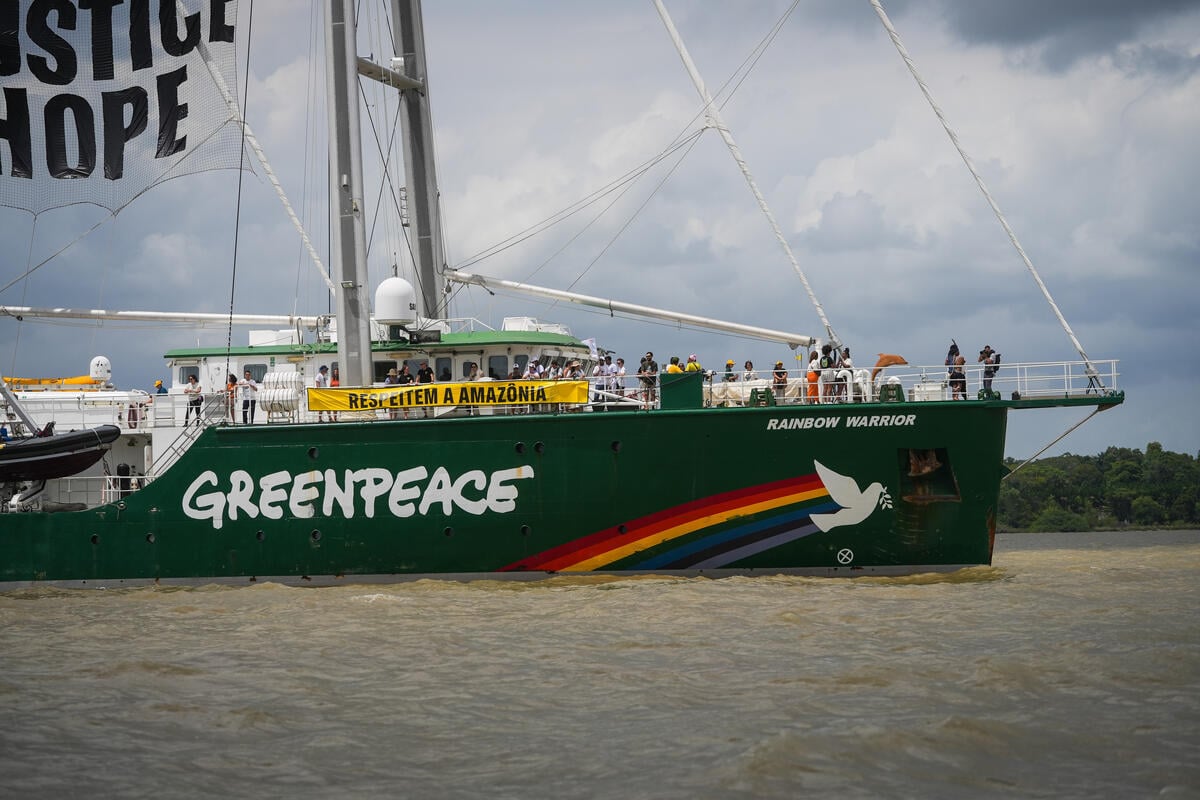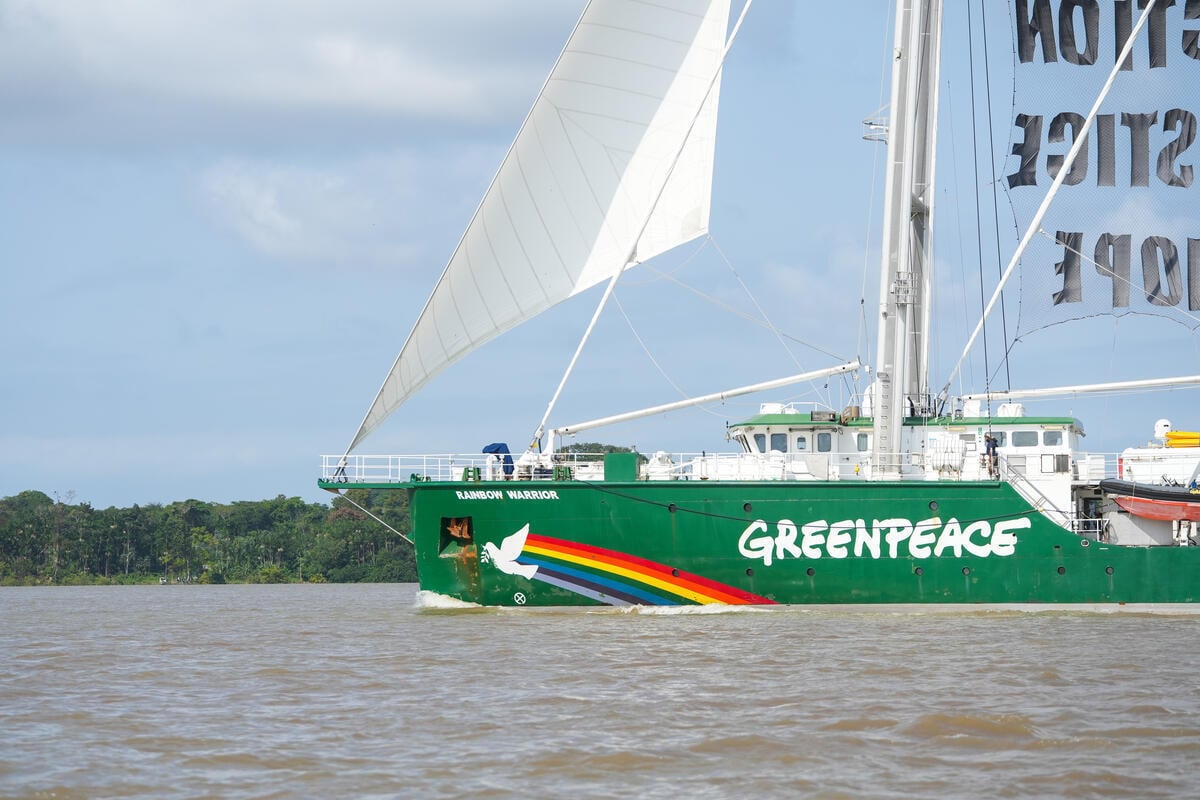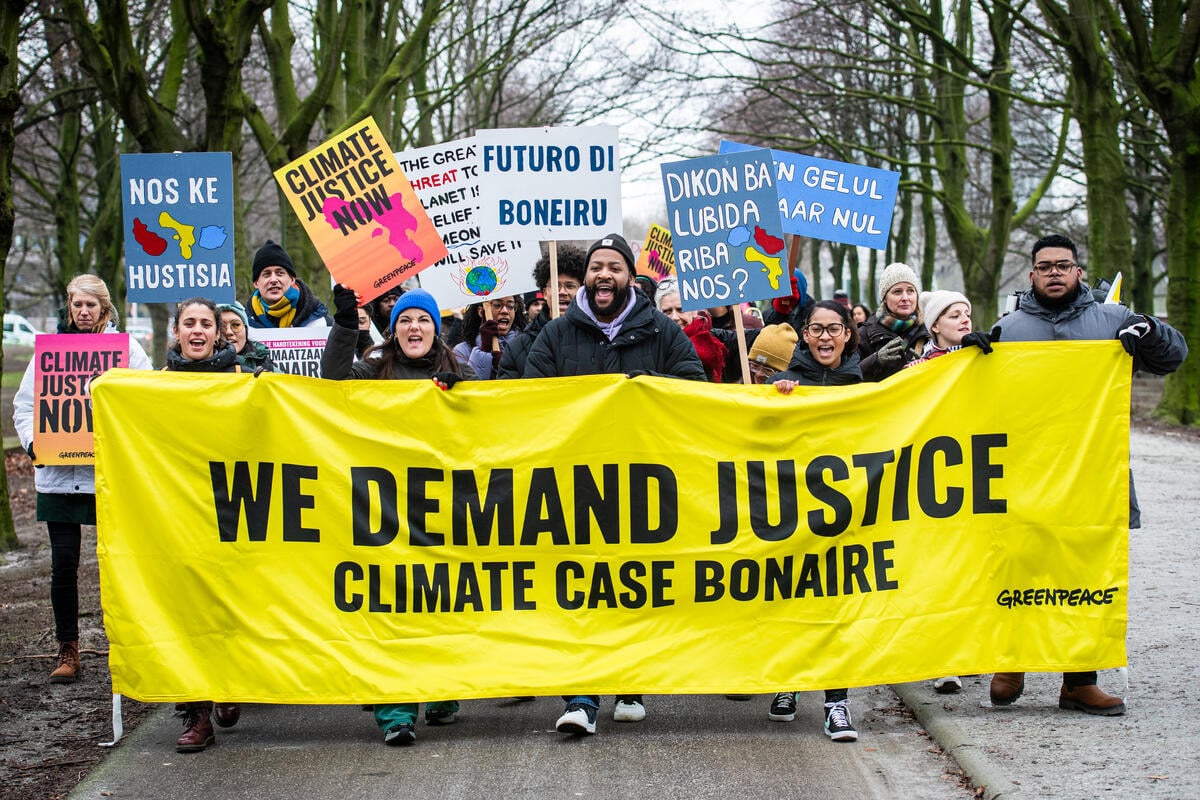40 years since the bombing of the Rainbow Warrior
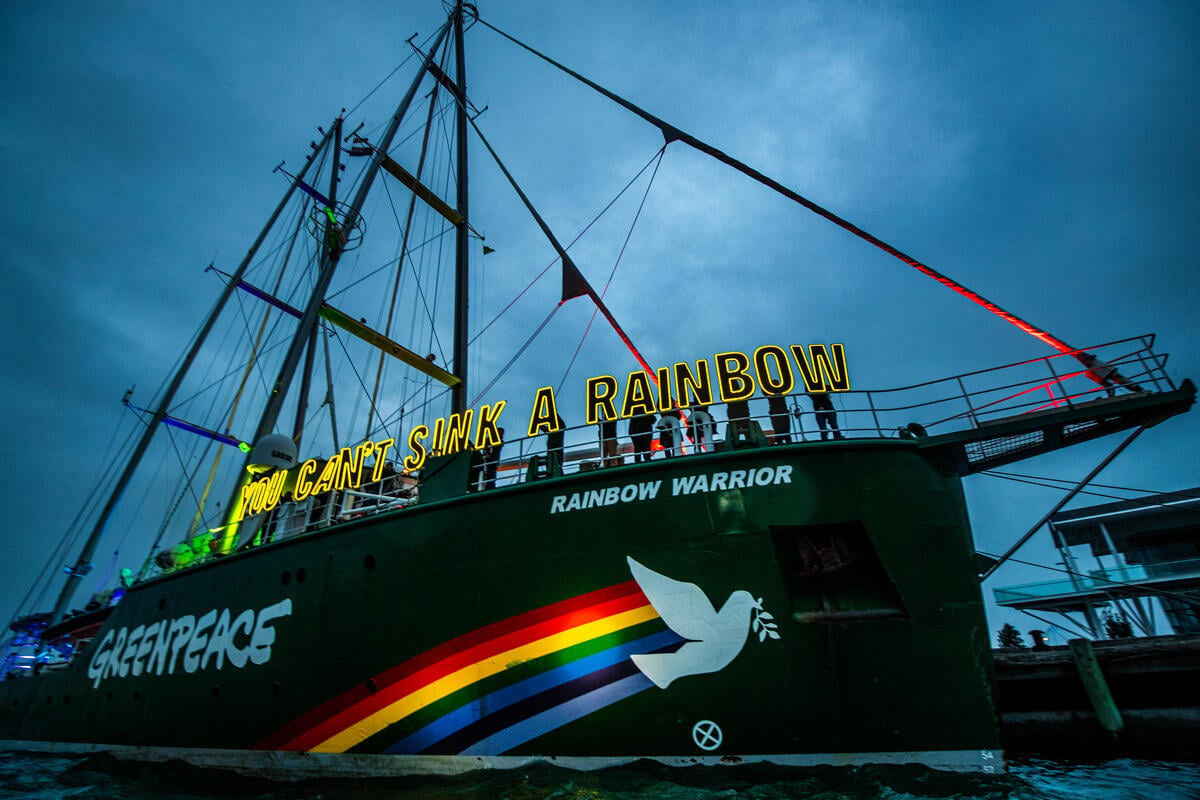
The bombing of the Rainbow Warrior, and the murder of photographer Fernando Pereira, is a reminder that there are forces in the world who will defend their self-interests and power no matter the consequences. That they will stop at nothing.
Forty years later that remains true.
But more than that it is a reminder of the power of resistance and courage that is contagious and collective. As we remember Fernando and that terrible night, we also recall the courage of the activists who stood steadfast and unbroken. Defiant as they mourned their friend. Resolute in the conviction that ‘You can’t sink a Rainbow’.
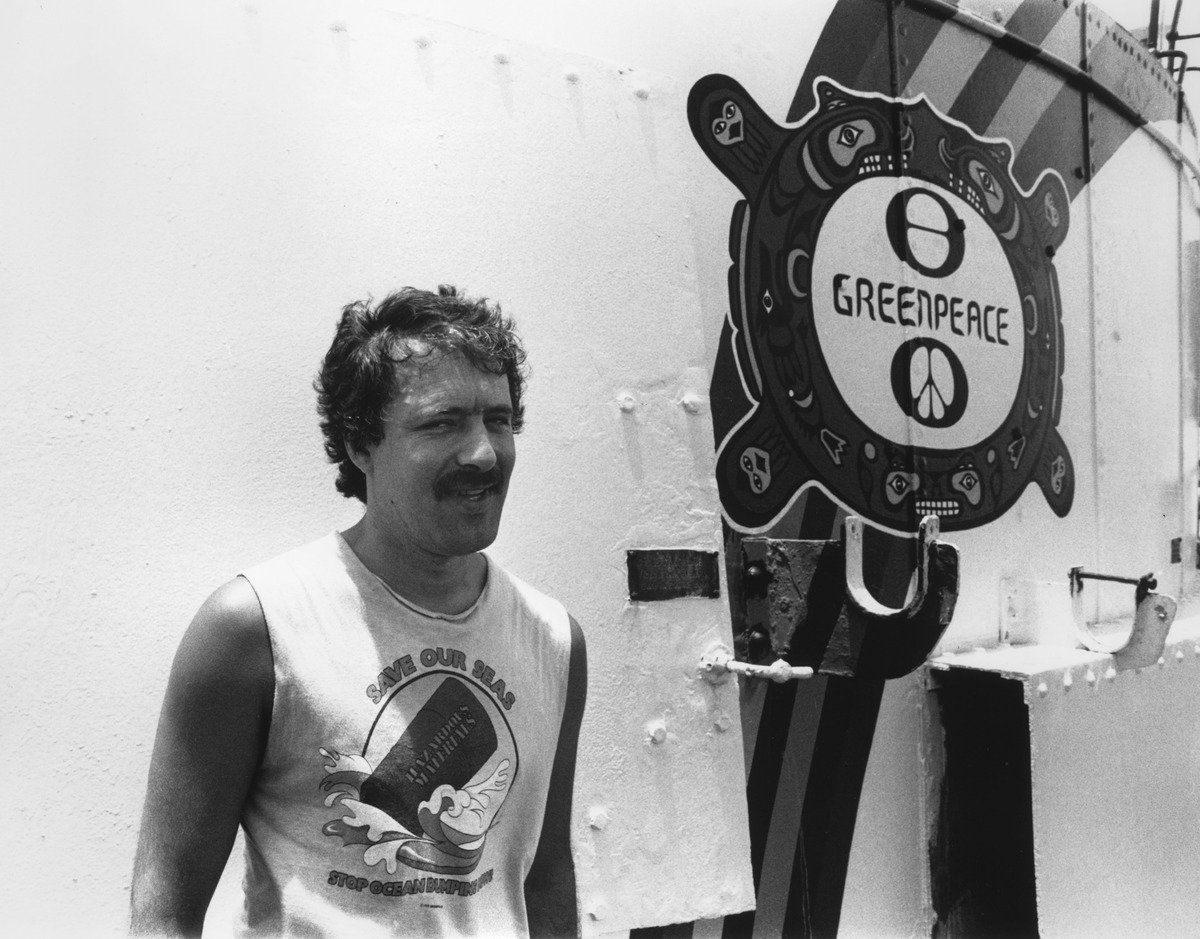
Forty years later, we need that courage more than ever. In 2025, civil society is under increased attacks from billionaires and fossil fuel companies trying to silence dissent, but we will show again that hope rises as we join together to meet this moment with increased unity and courage.
In 1985, the ship had just returned from evacuating the radiation poisoned island of Rongelap, and was refueling and conducting maintenance ahead of a planned protest against French nuclear weapons at Mururoa Atoll.
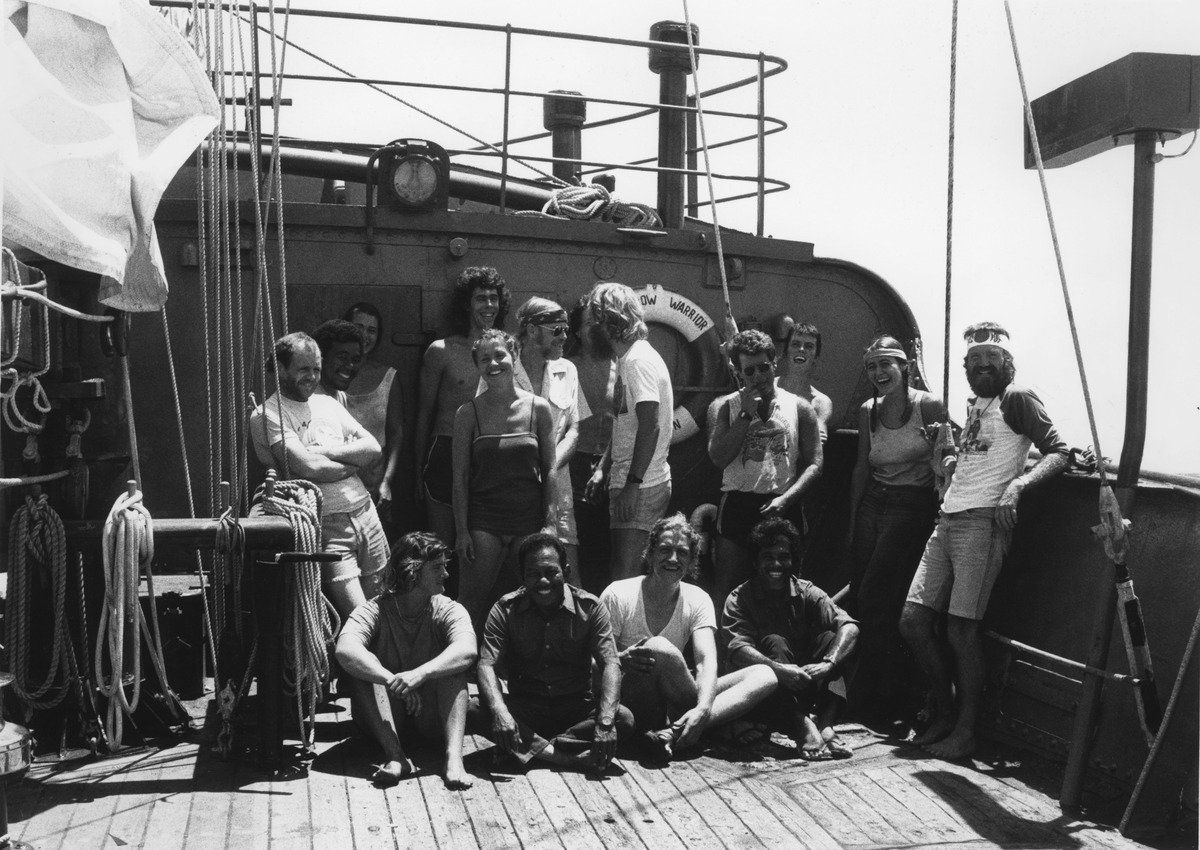
Earlier that night the crew and campaigners had been celebrating the birthday of Steve Sawyer. Most were already asleep when two frogmen slipped into the water and planted their explosives.
The twin explosions scuttled the ship, photographer Fernando Pereira, a father and a man who was committed to bearing witness to the injustices of nuclear testing in the Pacific, was murdered, caught in the sudden rush of water and drowned.
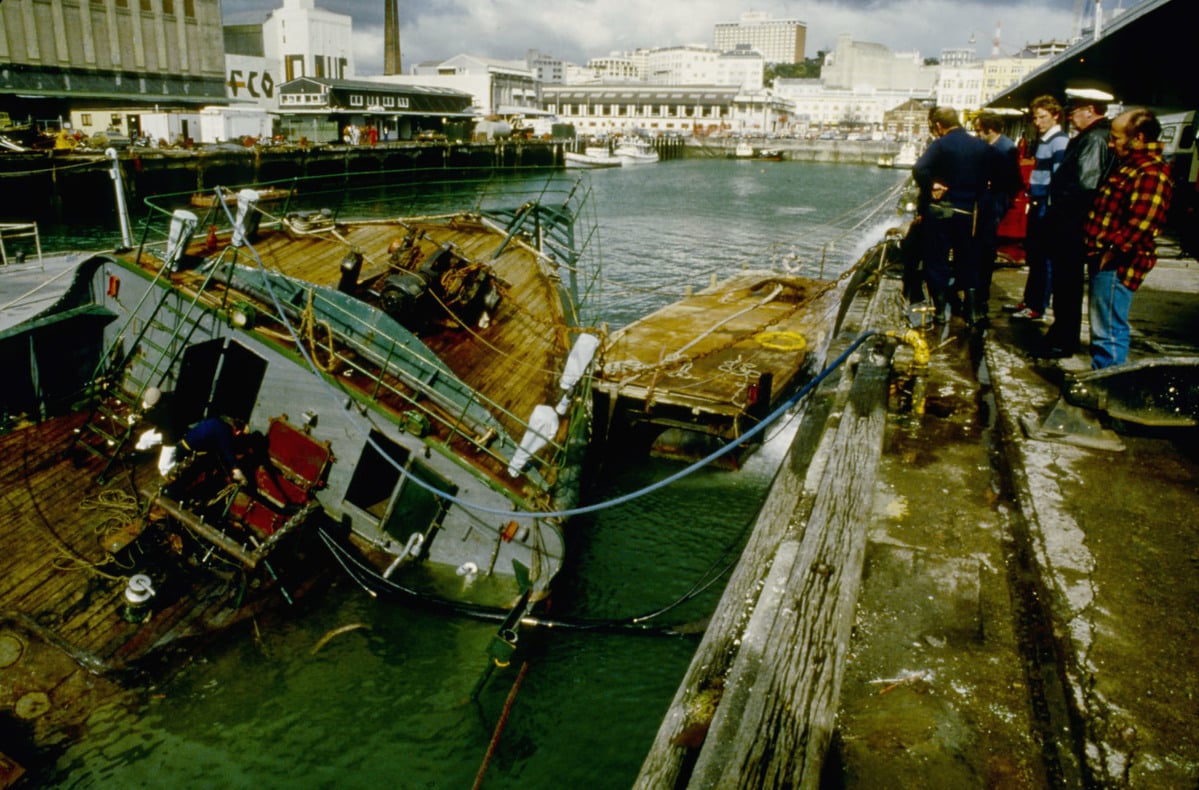
That night the French government wasn’t just trying to sink a ship – it was attempting to sink a movement, to attack activism and to silence the voice of hope.
It failed.
In the months that followed the world was outraged at the state-sponsored terrorism against peaceful protesters. The story of the bombing, as well as the nuclear tests and aftermath, became globally condemned. People around the world heard the story of the crew aboard the ship and their conviction that hope is not a passive or simple state of mind, hope is a decision to act.
Hope is is the hammer that breaks the glass in times of emergency.
Rather than back down in the face of violence, Greenpeace and the movement doubled down and continued to campaign against nuclear testing.
And in 1996, we won.
Today, as we mark the 40th anniversary of the attack and assault on activism, the forces which brought the Rainbow Warrior to Auckland Harbour are still painfully prevalent.
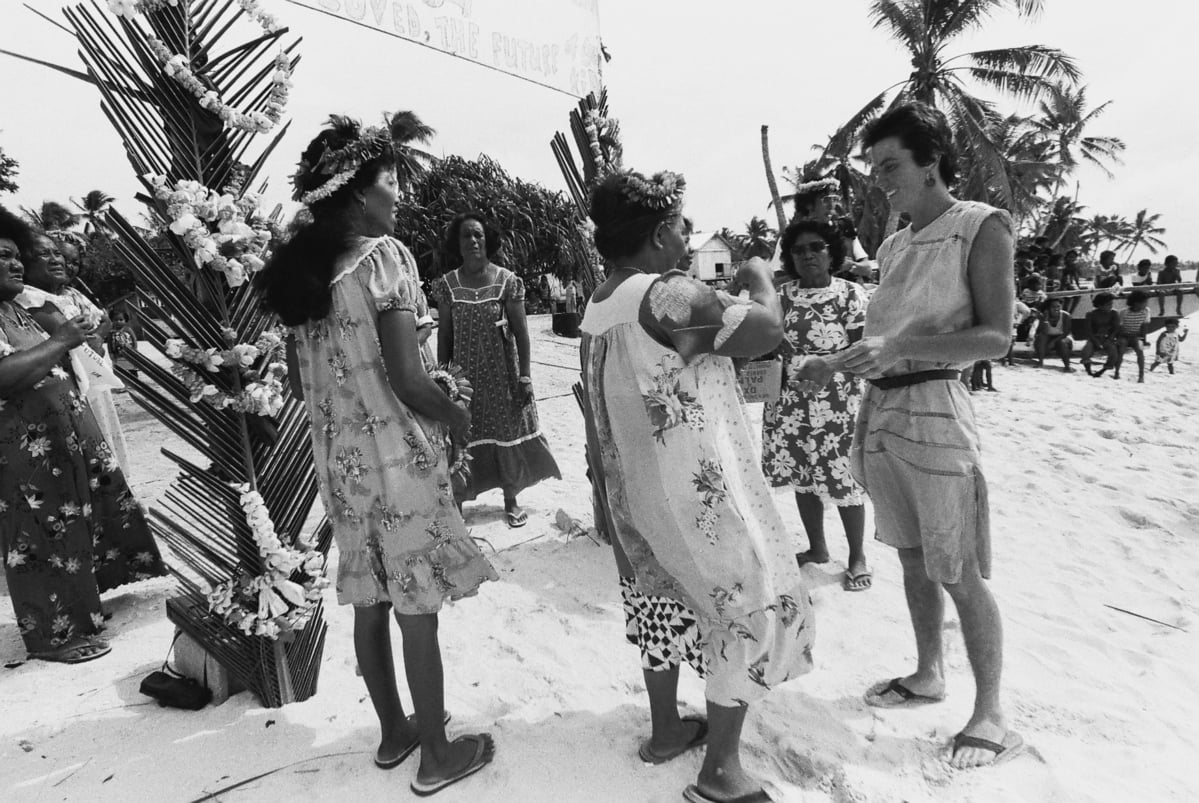
In the past few months Greenpeace has been on a tour of the Marshall Islands, documenting the ongoing legacy of nuclear testing. Generations of Marshallese people still live with the ongoing health impacts, the radioactive contamination of their land and waters, forced dislocation from their homes.
The shadow of nuclear war, rather than receding, is growing once more.
Around the world short term greed is placed over people and planet. Autocracy and oligarchy are on the rise. A might is right mentality is dominating international relations and the norms of international law are being ignored.
Attacks on activism and civil society are intensifying.
The toll from the catastrophic impacts of climate change continues to rise as many of the mechanisms which previously protected environmental or humanitarian norms are being dismantled, or ignored.
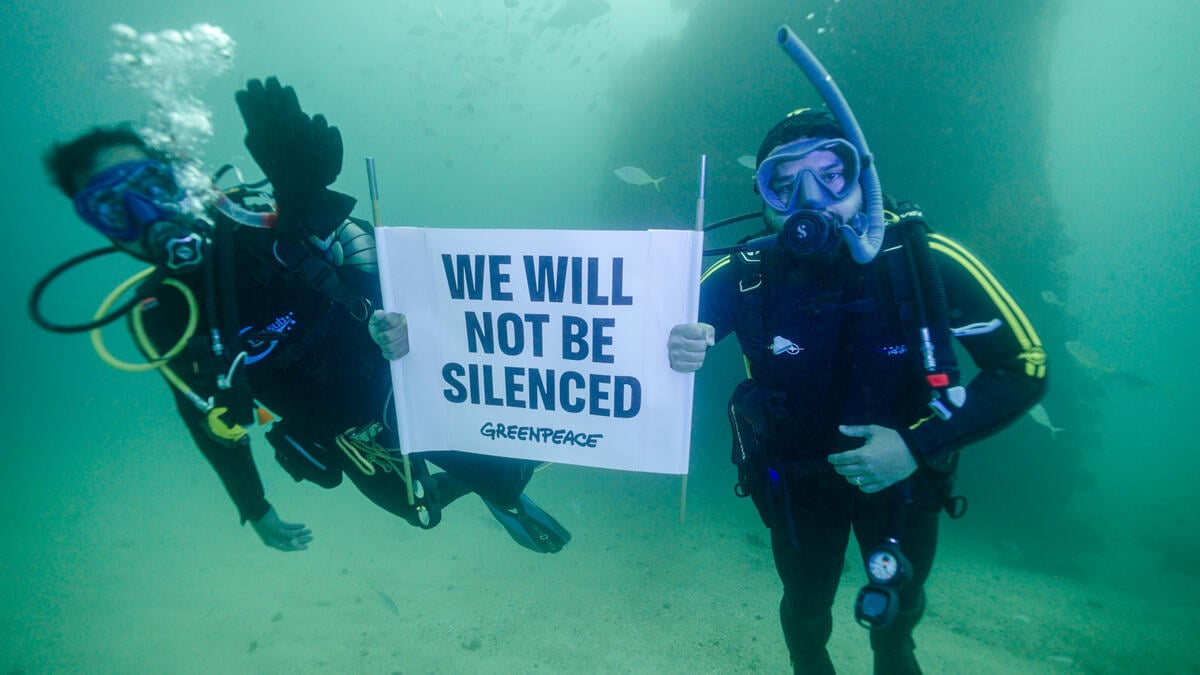
In recent months environmental and human rights organisations like Greenpeace have been subjected to legal attacks intended to cripple our ability to work. These attacks are intended to reduce our right to protest peacefully.
Bombs and bullets are being joined by legal precedents, physical sabotage is now being supplemented by legal measures meant to bankrupt organisations. The end goal is still the same: to stop those who hope for a better world from putting that hope into action.
This reality of SLAPPs – Strategic Lawsuits Against Public Participation – are legal blunt force trauma and intimidation designed to drain an organisation’s resources, and if not destroying them outright, at least destroying their ability to campaign.
The bombing of the Rainbow Warrior, and the murder of Fernando Pereira, are a sobering reminder that there are forces in the world who will defend their self-interests and damn the consequences, stopping at nothing.
On the anniversary of the bombing we should remember that not only can things change, but together we can change them for the better.
The past 40 years have taught us they only win if we give up. We didn’t. We won’t.
After the attack on the Rainbow Warrior we continued to resist, continued to campaign, and eventually…we won.
Now more than ever we must put hope into action and in doing so generate the courage to resist.
